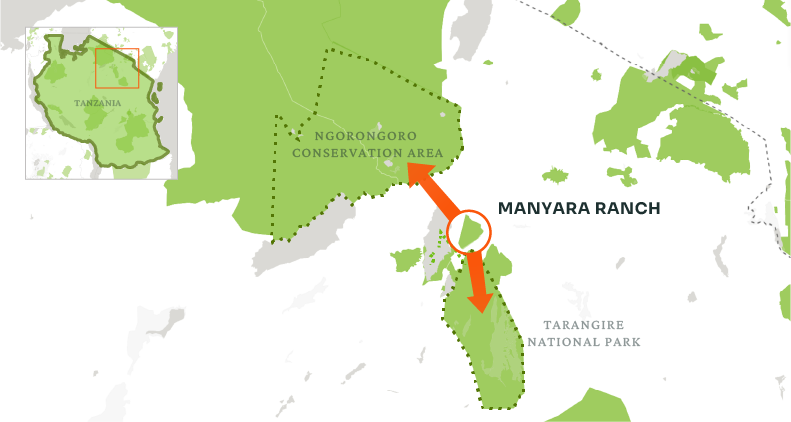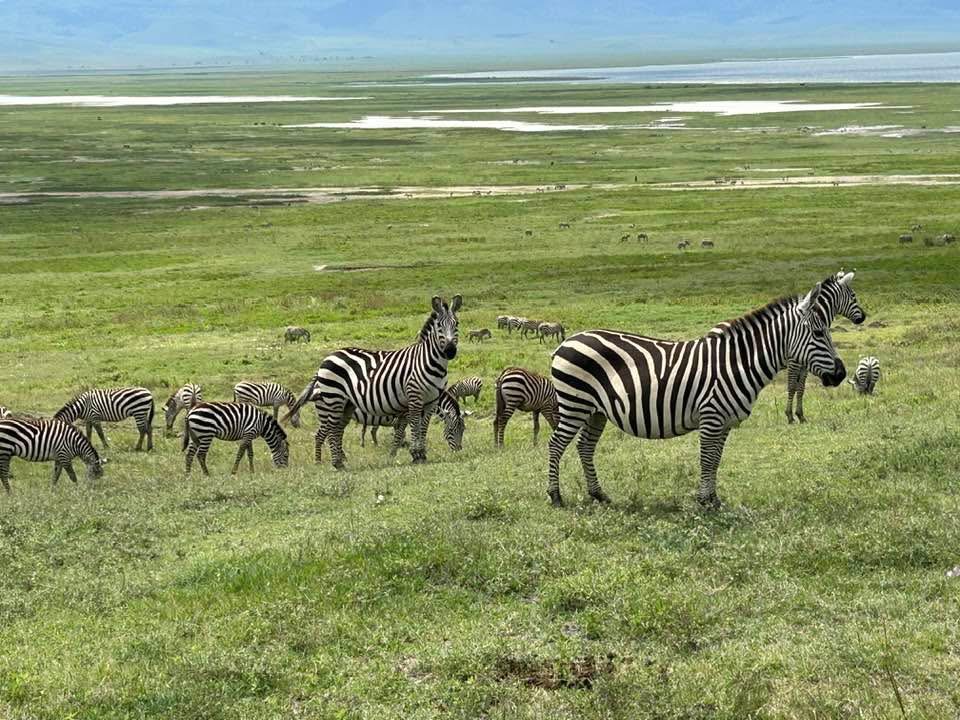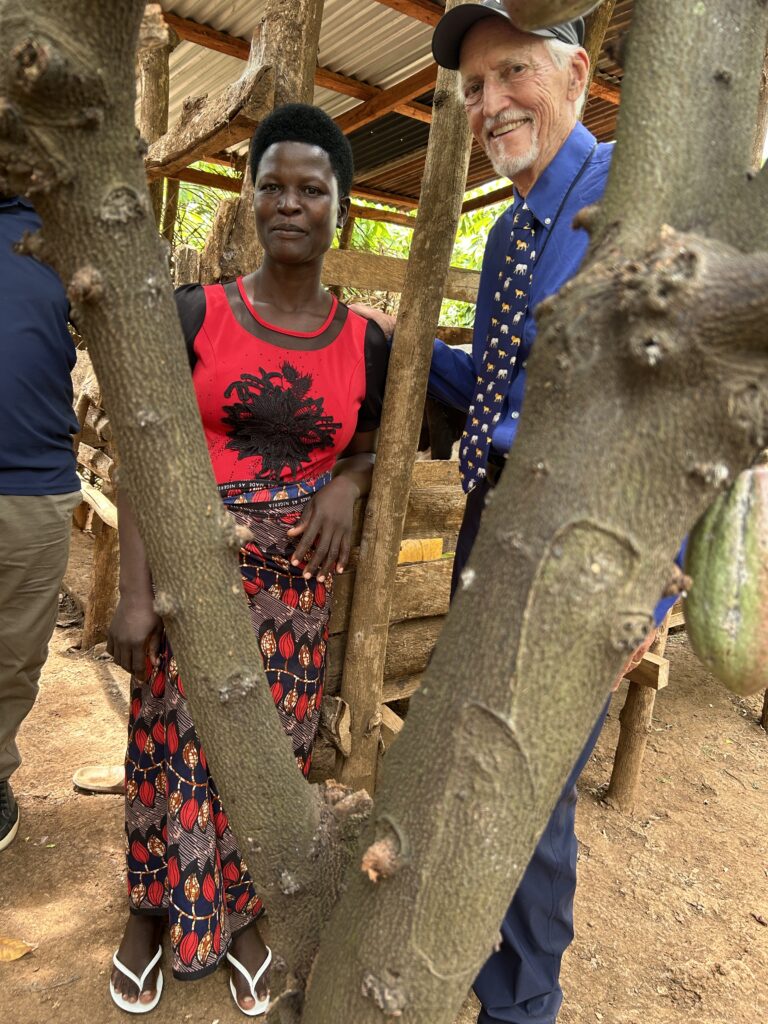Esilalei Ward
Rungwe District | 2026 - Ongoing

Breaking the Cycle
In the villages surrounding Tanzania’s Manyara Ranch, families face an impossible choice. When crops fail and livestock struggle on depleted pastures, desperate parents must decide: let their children go hungry, or venture into protected wildlife areas to graze cattle, hunt bushmeat, or clear land for farming. It’s a choice between immediate survival and long-term sustainability, between family welfare and wildlife conservation.
This conflict isn’t sustainable for anyone. Wildlife populations decline. Communities remain trapped in poverty. And one of Africa’s most critical ecosystems slowly disappears.
But what if this choice didn’t have to exist?

A Proven Partnership for Change
Africa Bridge has spent 25 years proving that communities can escape extreme poverty without sacrificing their natural heritage. Now, in partnership with the Manyara Ranch Management Trust (MRMT), we’re bringing this tested model to four wards in the Tarangire-Manyara Wildlife Corridor, one of East Africa’s most vital ecosystems.
The Tarangire-Manyara Ecosystem spans 22,000 square kilometers of semi-arid grasslands that support both Africa’s iconic wildlife and the traditional livestock herding that sustains local communities. The Manyara Ranch sits at the heart of this landscape, serving as a crucial corridor that allows elephants, zebras, wildebeest, and countless other species to move freely between protected areas.
When the African Wildlife Foundation transferred management of Manyara Ranch to the community-led MRMT in 2024, it created an unprecedented opportunity: local communities now control the very lands that wildlife depends on for survival.
The 5-Year Path to Prosperity
Africa Bridge’s community-based development model doesn’t just address symptoms of poverty; it transforms the underlying conditions that create it. Over five years, we work alongside communities to build:
- Economic Resilience
Families of vulnerable children gain diversified income sources through microfinance, agricultural training, and small business development. When harvests fail, they have alternatives. When medical emergencies arise, they have savings. - Women’s Leadership
Women gain access to financial services and business training, becoming economic leaders in their households and communities. Their participation doesn’t just improve family welfare; it strengthens community decision-making. - Conservation Incentives
As communities prosper through sustainable livelihoods, wildlife protection becomes an investment in their future rather than an obstacle to survival. Families who once viewed animals as competitors for resources begin to see them as partners in eco-tourism and conservation enterprises. - Self-Sufficiency
Perhaps most importantly, communities develop the capacity and confidence to continue this work independently. By year five, local leaders have the skills and systems to sustain progress without external support.
Expected Transformation

Success in these four wards will demonstrate that conservation and community prosperity aren’t competing goals, but complementary ones. We anticipate:
- Vulnerable families achieving food security, better housing, and consistent access to healthcare and education
- Women taking active roles in community leadership and economic decision-making
- Young people choosing entrepreneurship over risky activities like poaching
- Communities becoming proactive guardians of their wildlife and environmental resources
- A replicable model that other regions can adapt to their own conservation challenges
Timeline and Vision
Project planning and fundraising are underway, with launch anticipated in early 2026. But this partnership represents more than a single project. It’s a test of whether community-led conservation can succeed at scale in one of Africa’s most important ecosystems.
If these four wards can break the cycle of poverty while protecting critical wildlife habitat, they’ll prove that sustainable development and conservation aren’t just compatible—they’re inseparable.
The choice between survival and sustainability doesn’t have to exist. Together, we can build a future where both communities and wildlife thrive.
Location of Esilalei Ward
